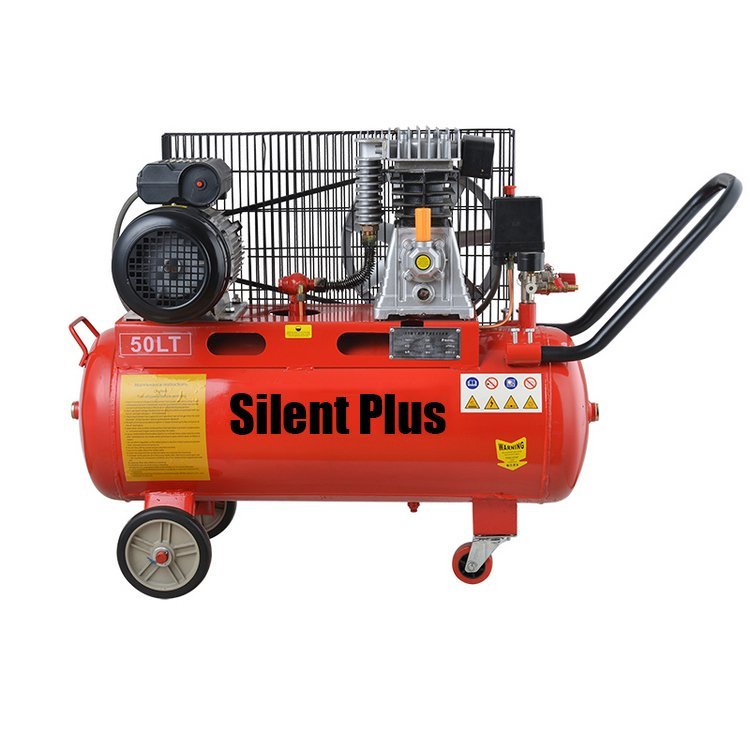How Many Dental Chairs Can an Air Compressor Run?
One of the critical factors in setting up a dental practice is choosing the right air compressor to power your equipment. One common question dentists have is how many dental chairs can an air compressor run. In this article, we'll explore the factors that determine the number of dental chairs that an air compressor can support.
Understanding CFM and PSI
The two main factors that determine the amount of compressed air required for each dental chair are CFM (cubic feet per minute) and PSI (pounds per square inch). CFM measures the volume of air delivered by the compressor, while PSI measures the pressure at which the air is delivered.
Typically, a dental chair requires an average of 0.5-1 CFM of compressed air at around 80 PSI. However, the exact requirements may vary depending on the specific chair model and the procedures being performed.
Calculating the Capacity of an Air Compressor
To determine the number of dental chairs that an air compressor can run, you need to consider its CFM and PSI ratings. Most dental air compressors have a CFM rating of 2-3 CFM and a PSI rating of around 80 PSI.
Assuming each dental chair requires around 0.75 CFM at 80 PSI, a 2-3 CFM air compressor can typically power 2-4 dental chairs simultaneously. However, it's important to note that other factors such as the length and size of the air lines used to connect the chairs can affect the compressor's capacity.
Considerations When Choosing an Air Compressor
When selecting an air compressor for your dental practice, you should consider factors like the number of chairs you plan to use, the type of procedures you perform, and the size of your practice.
It's always best to consult with the manufacturer or supplier of your air compressor to determine its optimal setup based on your specific needs and requirements.
Conclusion
The number of dental chairs that an air compressor can run depends on several factors, including the CFM and PSI ratings of the compressor and the specific requirements of each chair. By understanding these factors and carefully selecting the right air compressor, you can ensure that your dental practice has a reliable source of compressed air to power your equipment.


